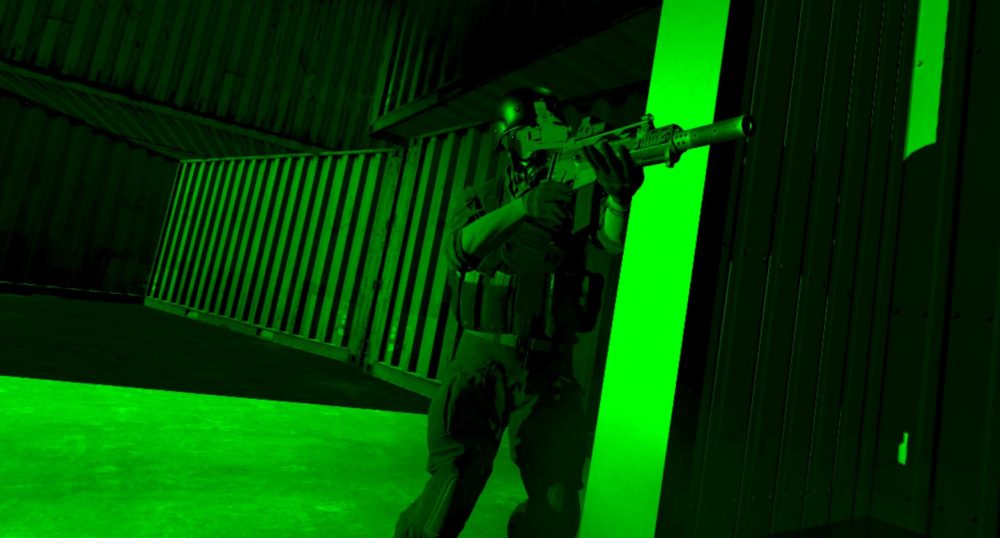The other day I wanted to play a round of Eagle Flight online. This isn’t an impulse that I’ve felt a great many times but it was Friday night and I was alone just getting back from a really cool party and so I thought “why not.”
I strapped on my Oculus Rift, tapped my way into the experience, cursed Ubisoft as I began the mandatory Uplay login, tried to remember my Uplay password, failed to remember my Uplay password, cursed Ubisoft again, reset my Uplay password and finally made it into the game.
As I launched my search for an opponent, I took on my Eagle form and waited on my perch for competitors to join the match. Then I waited, and waited and waited a bit more. At around five minutes I was just about to give up and go lose a few rounds of Overwatch (no I will NOT switch off Hanzo even though my aim sucks. He shoots dragons) when another player finally materialized. That’s it. Just one.
Eagle Flight multiplayer is a capture the flag style dogfight that’s supposed to include three eagles on each side. This particular match however would just be me and “AWSM-DUD69.”
We did our best to keep things entertaining and played out the entire round. In the end the balancing of the game just didn’t work in a 1v1 setting and so we ended up with a very exciting tie. Surely this cannot be the best online VR gaming can be, can it? Certainly we’re a long way away from Sword art Online or Ready Player One but are we really starting this far off of the mark?
Does VR have a multiplayer problem?
Anyone? Anyone?
The number one problem plaguing the population rates of multiplayer VR games at this stage in the industry is its user base. We do not officially know how many VR headsets have been sold, but informed estimates put the numbers for the Oculus Rift and HTC Vive below 500,000 in 2016.
This means that for Rift and Vive — the two most active, high-end platforms for Online VR multiplayer — there are less than a million total users. Now, divide that by the fact that Oculus and Vive typically don’t share cross-platform support for their games (Oculus is powered by Oculus Home and Vive gets its content through Steam) and you’ve got a fractioned population. Now take that group and give it dozens of different games to choose from on any given night, spread it over several different time zones and see how many players each title is able to attract.
On a pure numbers basis it certainly seems like VR does have a multiplayer problem.
Fun Factor
Onward is a military simulation VR game in which I’ve never had to worry about finding a match. Each and every time I’ve loaded into it I’ve been met with at least enough people to play a meaningful 3v3 or even 5v5 contest.
Onward is only available on the Vive and Eagle Flight is available on Rift and PSVR, with a Vive version on the way. Eagle Flight is not a bad game by any means but its mechanics, replayability and overall appeal pale in comparison to Onward. It seems people are much more interested in living out their military combat fantasies than they are in flying around Paris and hunting squirrels.
All things being equal VR would simply not have enough players to flesh out all of its various multiplayer experiences. However, fun itself is creating a hierarchy of sorts. The most enjoyable games will be able to draw in enough players to keep their servers plenty busy.
–
Games like Onward should be an encouragement to the VR community. If you see an upcoming multiplayer game and think “dang that looks so fun,” chances are you are won’t be alone in that thought or in the online lobby when you finally boot it up.
Featured Image: Factor Tech






























